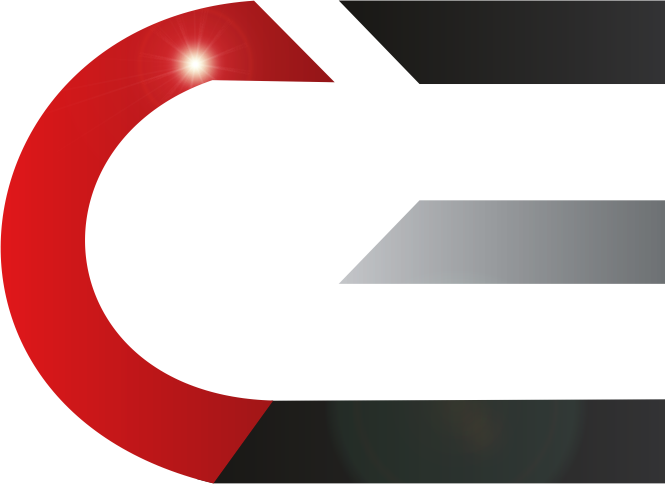Introduction: DEI in Recruiting
An acronym on the hearts, minds, and lips of most corporate hiring leaders today—and on their to-do lists—is DEI (diversity, equity, and inclusion) and how to incorporate it into their recruitment practices.
You don’t need a business degree from Harvard to understand the practical benefits of DEI, which range from bolstering creativity and innovation to enhancing employee belonging and engagement and more.
And importantly, a high-performing workforce that reflects the communities and customers it serves is good for business.
Recent research shows: DEI in Recruiting
- 43% of companies with diverse management report higher profits.
- 73% of companies with gender equality practices have higher profits and productivity.
- 78% of employees believe DEI in the workplace offers a competitive advantage.
- 35% of the U.S. workforce are millennials, who, as a generation, are driving DEI and demanding proof that it exists in their workplaces.
In recent years, notable progress in DEI has been made, according to a report by McKinsey & Company. In a survey of more than 1,000 companies, McKinsey learned the relationship between diversity on executive teams and the likelihood of financial outperformance has strengthened over time.
But fully embracing, strategizing, and implementing DEI into the workplace is more complex than just invoking the term at every board meeting and checking the box next to “Start Employee Resource Group.”
Moreover, while companies are bolstering their DEI efforts, they must remember to incorporate DEI into their recruiting, too.
Becoming Certified Diversity Recruiters
Everyone’s talking about recruiting for DEI, but do they know what it means?
At Duffy Group, which, during the past year, has certified nine expert diversity recruiters, it means reaching beyond traditional job descriptions to source and place talent from a diversity of backgrounds, experiences, and thoughts.
It’s important to think about the intersectionality of DEI because there are so many different groups—age, race, class, gender, ethnicity, religion, abilities, sexual orientation, etc.—and no one person is one thing. Embracing DEI will create a more well-rounded workplace and boost the bottom line.
Implementing DEI in Recruiting
Employee listening surveys and focus groups are the most common DEI practices in the private sector. A survey by the American Productivity & Quality Center found:
- 36% had increased staff dedicated to DEI.
- 32% had expanded DEI budgets.
- 30% had disclosed DEI metrics publicly and invested more in employee resource and affinity groups.
But more can be done. One challenge is the potentially time-consuming process of finding, vetting, and hiring individuals with diverse backgrounds. This is especially true with today’s critical labor shortage and a “must hire now” mentality.
A year ago, I accepted an offer from my employer, Duffy Group, Inc., a global recruiting firm based in Phoenix, to be trained as a certified diversity recruiter. The course was engaging and packed with best practices for employing DEI in recruitment.
Among the things I learned: DEI in Recruiting
- Take time to research and understand the local demographics and industries you’re recruiting from and in.
- Reconsider the research sources you typically use—LinkedIn, social media, U.S. Bureau of Labor Statistics—and consider sources that could be successful in unearthing diverse candidates.
- Scour your recruiting practices for unconscious biases. Look inside yourself—do you react negatively to older people, to people of color, or to people with disabilities?
- Examine your job descriptions for biases. Are you using the terms “salesman” or “sales professional”? “Handicapped” or “person with disabilities”? Scrub gender-coding adjectives such as “competitive,” “assertive,” and “dominant,” replacing them with gender-neutral words: exceptional, motivated, nurturing.
- Don’t miss research groups, organizations, and conferences diverse candidates are drawn to, such as Black Men in Medicine; The National LGBTQ+ Bar Association; or Out in Science, Technology, Engineering, and Mathematics (oSTEM).
- And because diverse candidates will also be checking you out, ensure your organization’s website conveys your commitment to DEI.
At the same time that your organization is taking important steps to onboard diverse workers, you’ll want to educate your existing employees on the initiative and what it means for them and the company. Invest in your efforts by offering companywide learning sessions to cultivate an environment that’s welcoming, supportive, and successful.
And be sure to check in—at 30 days, 90 days, and 6 months—to learn how it’s going for the new folks and the veterans, too.
A thoughtful diversity recruitment process is organic at Duffy Group because of its longtime comprehensive focus on reaching beyond traditional job descriptions to find the best people, from C-level managers to line managers.
From our first in-depth meeting with a client, we’re exploring not just its business, goals, and job needs but also its desire to embrace diversity. This process leads to the strategic development of recruitment plans, and DEI is with us every step of the way.
Although attitudes about DEI are changing among hiring leaders, there’s still the “we’ve always done it this way” perception among some.
Remember: A successful DEI recruitment plan takes time to build within an organization, but in this new world of work, it’s worth every moment.
Ines Hoyouna is a certified diversity recruiter at Duffy Group, Inc., a global recruitment firm based in Phoenix, Arizona.


